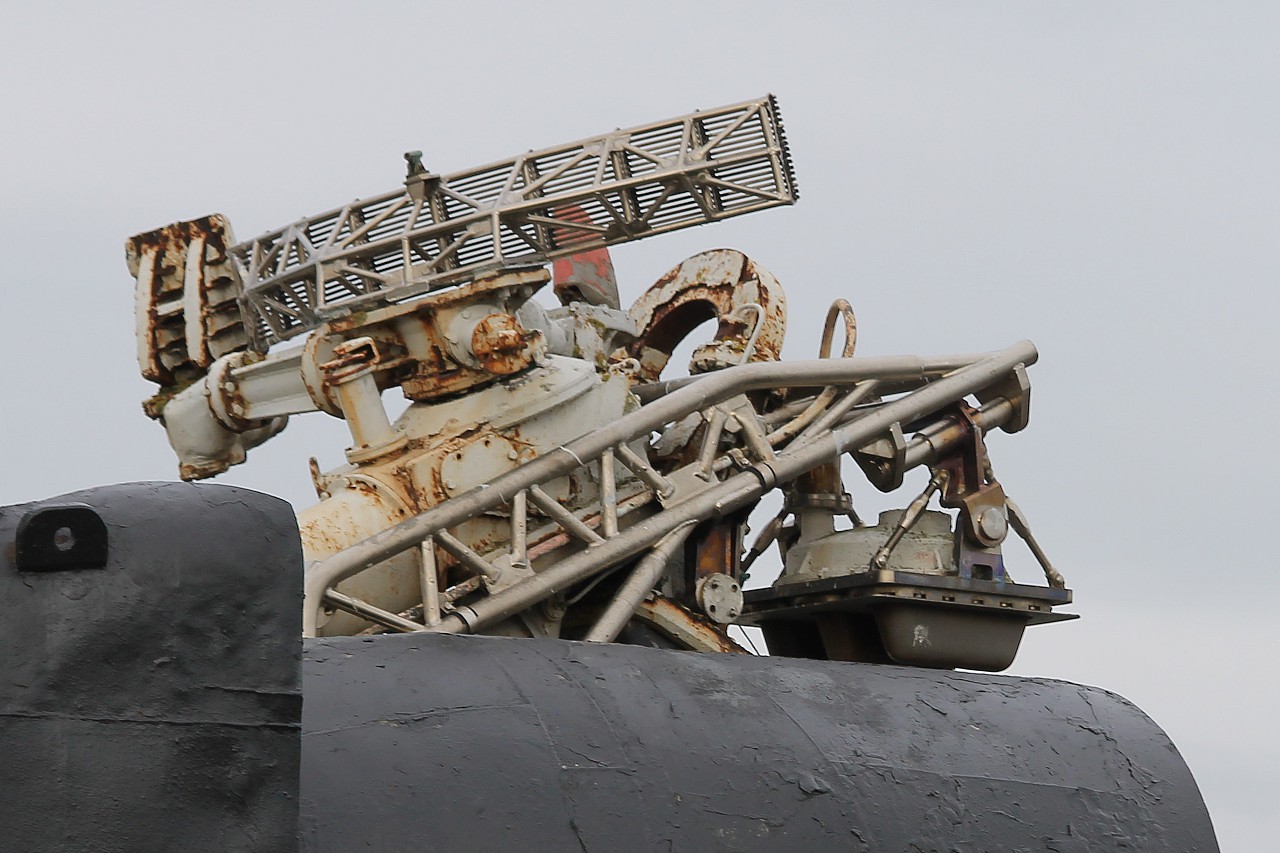Retractable Devices of the Juliett-class Submarine (U-461)
The upper part of the submarine, called the conning tower, has nothing to do with the command room of a surface ship. The Central post, where all the controls of the submarine are concentrated, is located inside the strong hull.
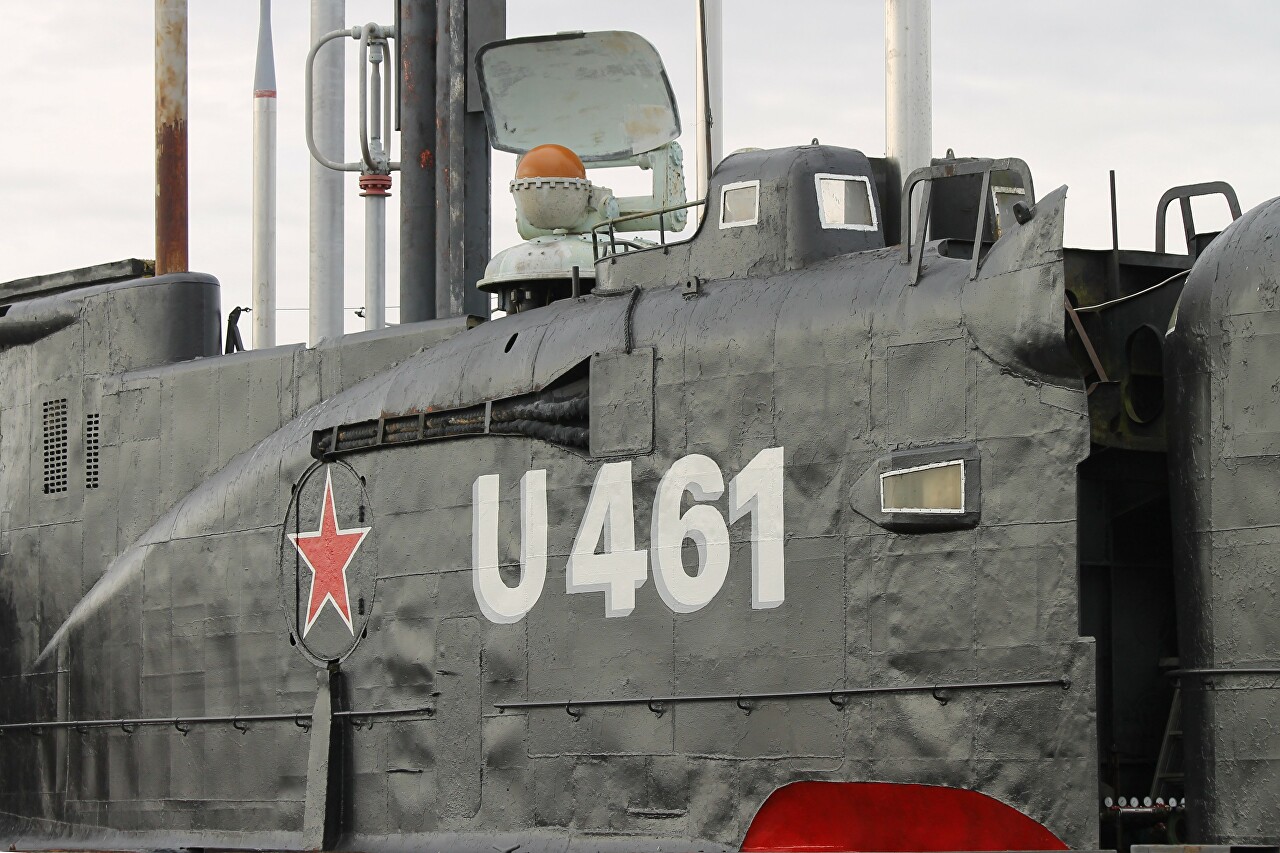
Here are concentrated devices that allow you to navigate and keep in touch without surfacing. Let's take a closer look at the retractable devices of the Soviet submarine project 651 (NATO reporting name Juliett-сlass), which as a museum ship under the strange name U461 now stands in the harbor of Peenemünde.
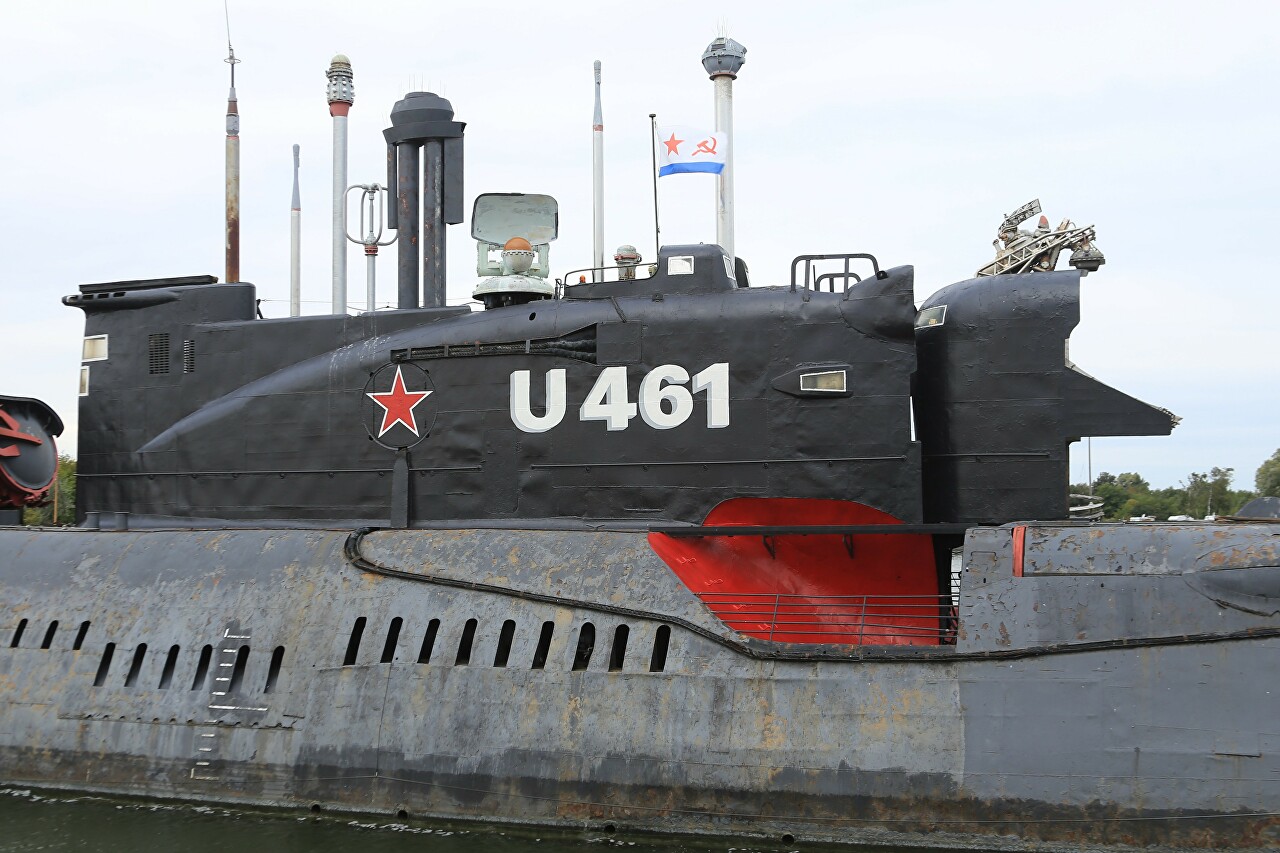
In the rear of the conning tower there is a lifting-mast device of the antenna of the high-frequency communication complex "Topol".

Search periscope on the left. These surveillance devices appeared during the Second world war, when aviation became an effective means of combating submarines. Before surfacing, the divers searched the sky to avoid getting caught under bombs and shells. Nowadays, magnetometric systems of anti-submarine aircraft detect underwater objects far below the periscope depth. Installed on the boats of project 651, the periscope PZNG-8 is a copy of the German one that stood on the boats of the ninth series. On the right is a massive double pipe of the snorckel, also invented by the Germans. In the USSR, it turned into an obscure abbreviation of RDP, which means "underwater diesel engine work". Through this device, air is sucked in, so that the boat can run on diesels at periscope depth. The knob on top is an automatic valve that closes the pipe when the wave is overflowing. The device is useful but also dangerous, history knows the death of submarines due to a malfunction of the schnorchel. To the left of the RDP, the antenna of the radio direction finder "Ramka".
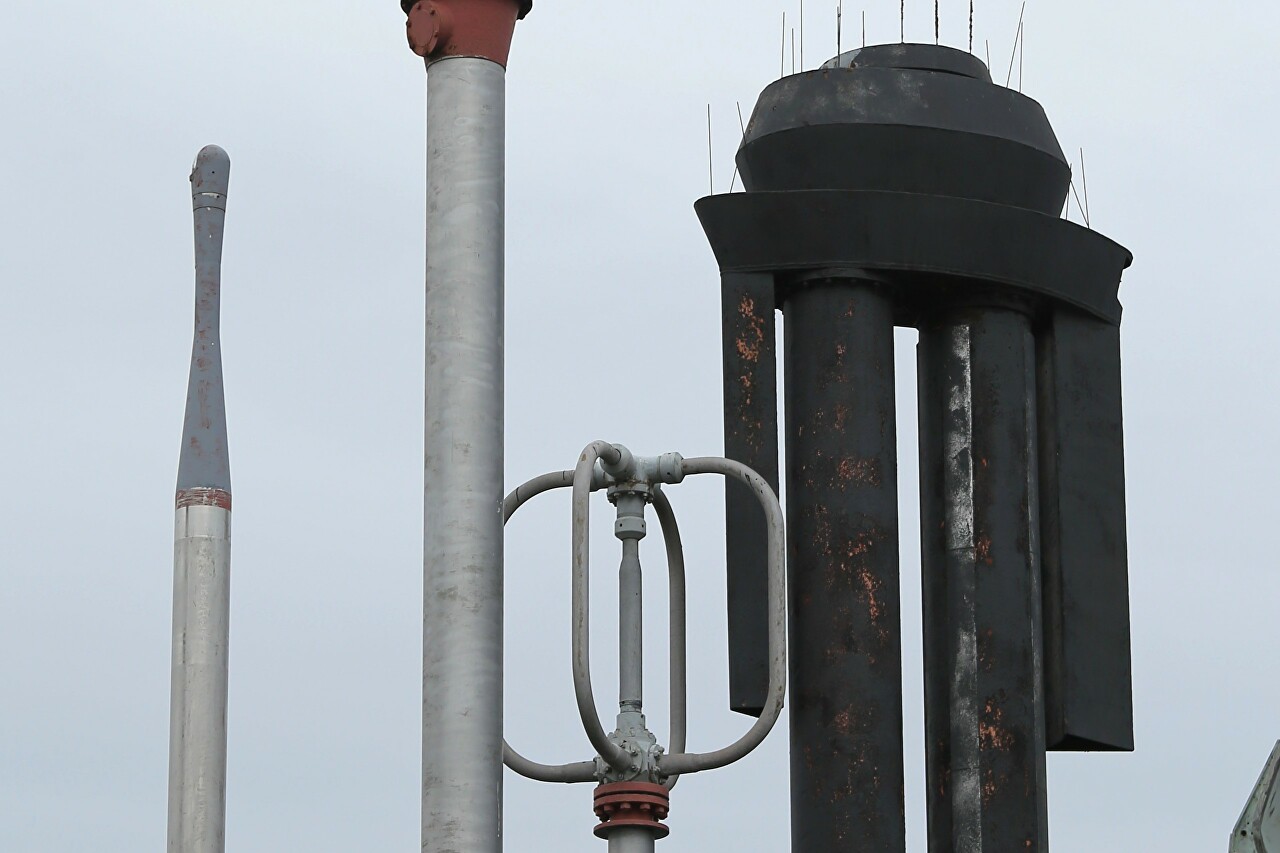
Between the search periscope and the direction finders is the antenna of marine reconnaissance and target designation system MRSC-1 "Success". This complex was adopted in 1966 and was intended for monitoring the surface situation and transmitting the coordinates of targets for targeting anti-ship cruise missiles. Components of the system were placed on ships and sea scouts Tu-95RT. The effectiveness of the "Success" system is highly questionable, since it was entirely dependent on a large and slow-moving aircraft that could be easily detected and destroyed.
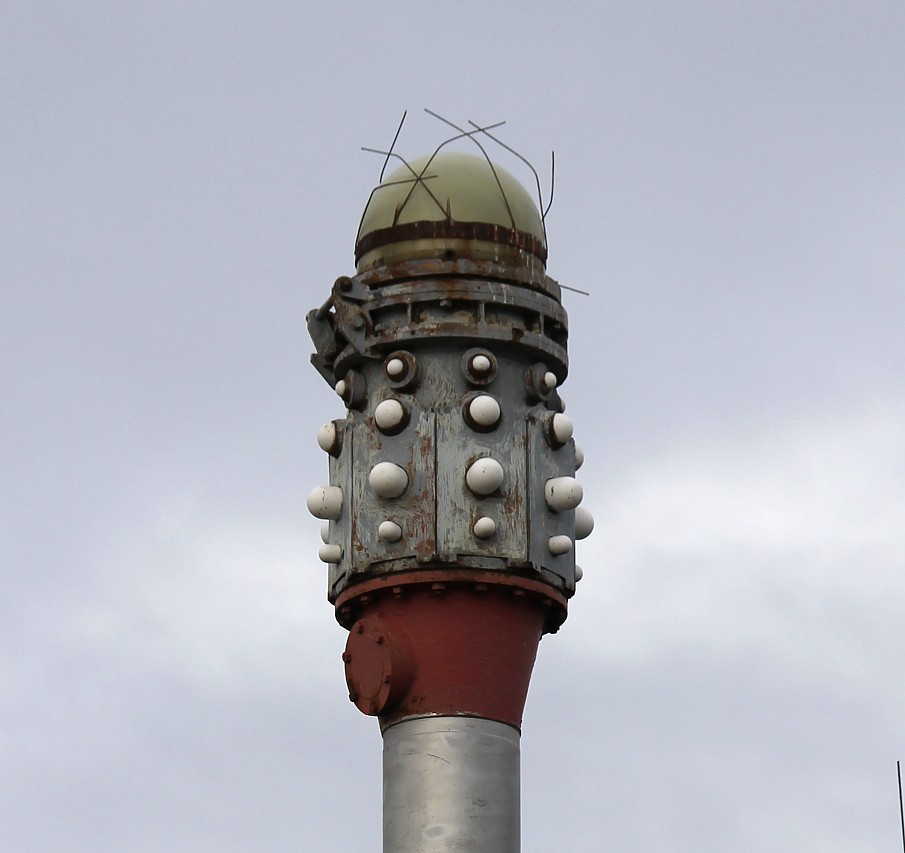
To the right of the snorkel is another antenna of this complex. A bridge with a gyrocompass repeater is visible next to it. Unlike a surface ship, there are no controls on the bridge, only navigation devices and a communicator that sends commands to the Central post.
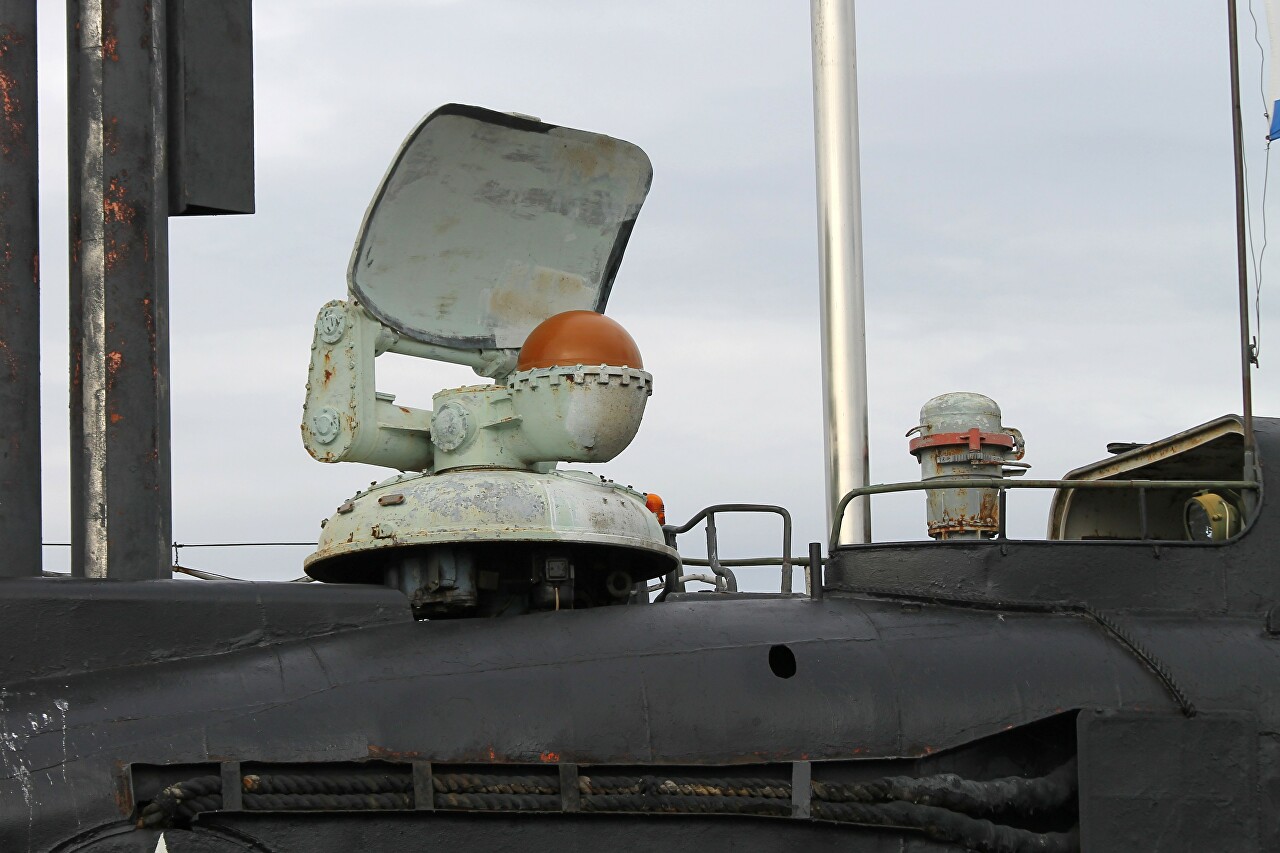
The attack periscope PZNA-10 is main device for visual observation from an underwater position. For a long time it was the only retractable device of submarines.
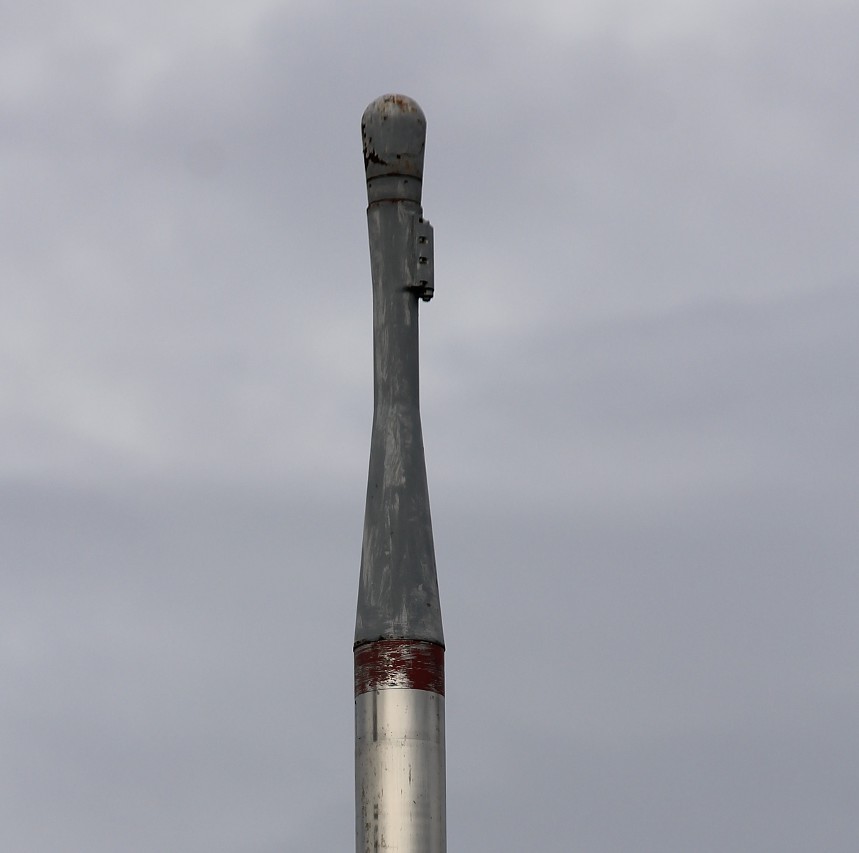
Completing the list of extendable devices is the PR-11 periscope of the "Lira" astronomic navigation system. Method for determining coordinates the route by the stars was worked out in the Middle ages and has remained almost unchanged to our time. Using it on submarines had one significant drawback - it was necessary to float to the surface. After the WWII, this problem was solved by creating a periscope sextant, also equipped with a gyroscopic stabilizer. In the late 60s, television systems with optical filters appeared, allowing you to see the stars in the daytime. By the way, despite the widespread use of satellite navigation even in everyday life, the US air force still trains pilots to navigate by the stars.

In the front part of the wheelhouse there is an antenna post of the Argument complex. When submerged, it is rotated 180 degrees and becomes the forward part of the conning tower.
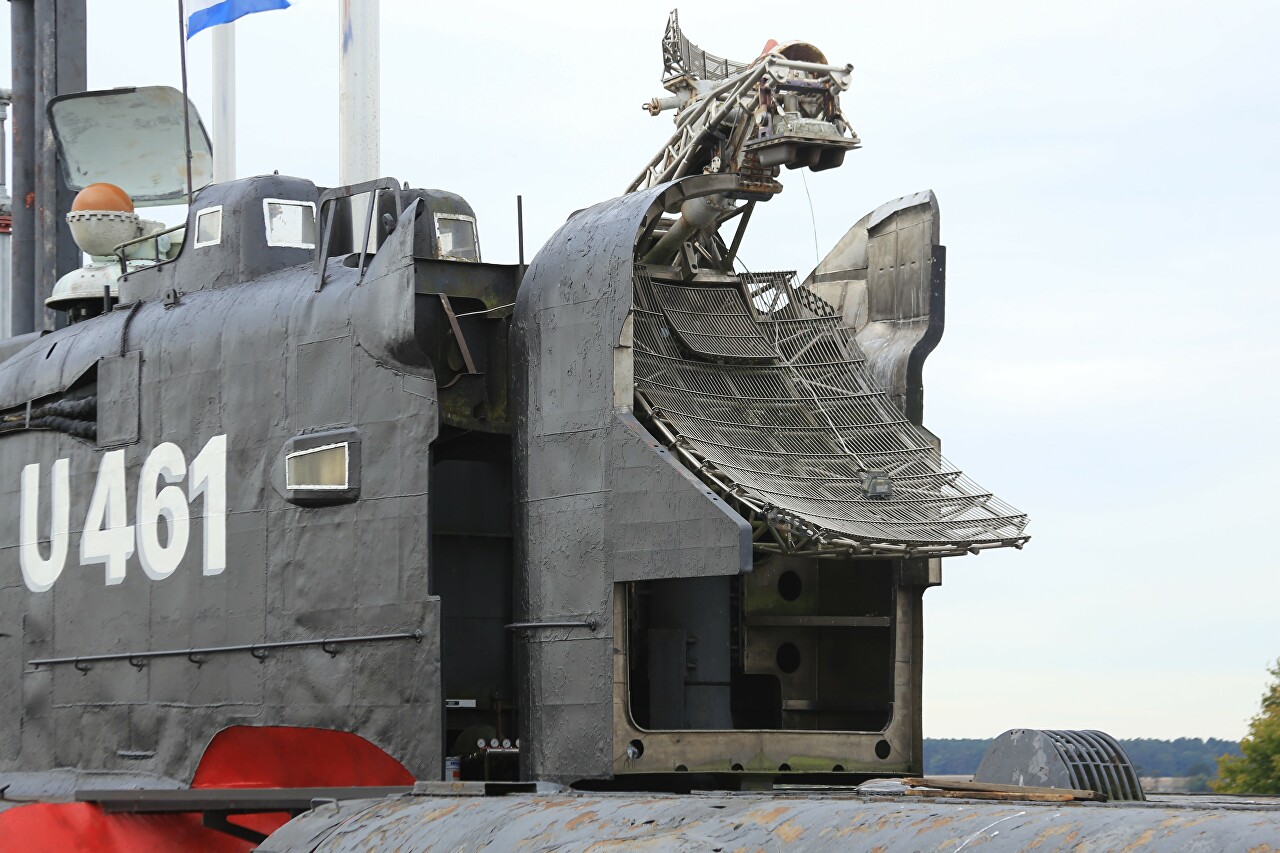
The antennas were used for targeting P-6 (designation in NATO SS-N-3a Shaddock) anti-ship cruise missiles.
